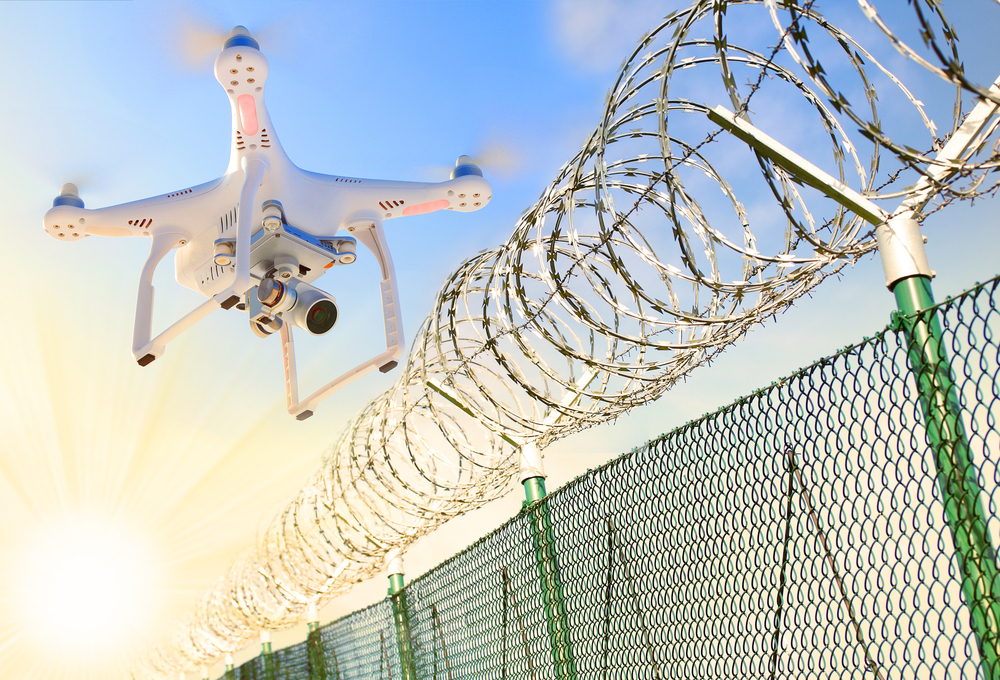
According to a recent report by the U.S. Government Accountability Office (GAO), U.S. Customs and Border Protection (CBP) needs to strengthen its data collection practices related to the use of unmanned aerial systems (UAS) and aerostats.
The study was commissioned by the Department of Homeland Security (DHS) and aimed to examine how CBP utilized UAS and aerostats for border security activities as well as to what extent the agency developed and documented procedures for UAS coordination.
CBP uses Predator B UAS for a multitude of border security activities, including missions to support investigations in collaboration with other agencies and to locate individuals illegally crossing the border. In addition, the agency uses aerostats, unmanned buoyant craft tethered to the ground and equipped with video surveillance capabilities and radar technology, to support border security activities along the southern border of the United States.
While examining data collection practices, the GAO report found that while CBP collects data on Predator B and aerostats use, it did not consistently record activities related to assists for seizures of narcotics and the names of supported agencies. CBP has also not updated its guidance for collecting and recording mission information in its data collection system since 2014 and does not have instructions for recording mission information such as asset assists. The GAO also found that not all users of CBP’s system have received adequate training for recording mission information.
The GAO made five recommendations including the implementation of document coordination procedures for Predator B operations in all locations, updating guidance and implementing training for collection of Predator B mission data, and updating Border Patrol’s data collection practices for aerostat asset assists.
CBP said it agreed with GAO’s conclusions and announced it planned to address the report’s recommendations.




